By Monirul on January 10, 2014
Biological Reserves
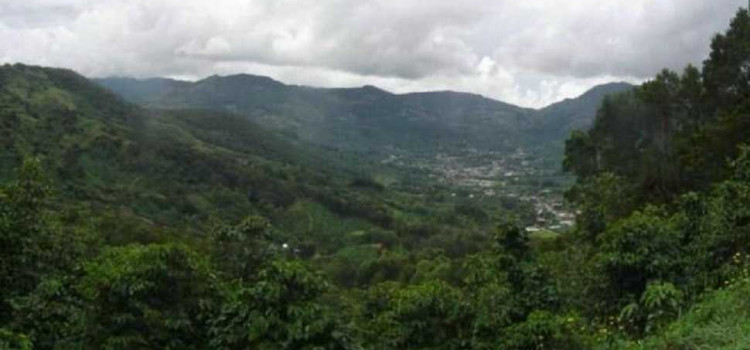
Los Santos Forest Reserve is one of the most biologically diverse places of Costa Rica. It protects forest habitats in the Talamanca Mountains south and west of the city of San Jose. Located in a very important area for hydrographic basins (rivers Naranjo and Savegre), this reserve mainly covered by very humid tropical forests, pre-montane pluvial forests, […]
By Monirul on December 23, 2013
Biological Reserves, National Parks, Wildlife Refuge
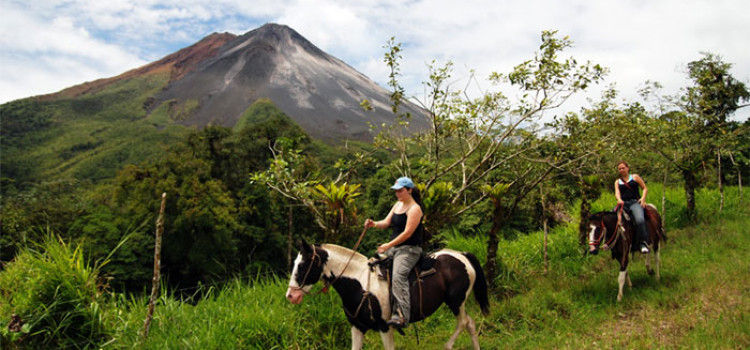
Arenal Volcano National Park Arenal Volcano National park provides an excellent stage for exited birders as it is home to the different species of birds. Moose, jaguar, white faced monkeys, coati, deer, toucans and snakes like the infamous fer-de-lance and parrot snake also can be found in this park. This park is different from the other […]
By Geoff McCabe on September 26, 2011
Biological Reserves, Guanacaste Province, Northwest, Nosara, Sea Turtles, Wildlife Refuge, Wildlife Tours
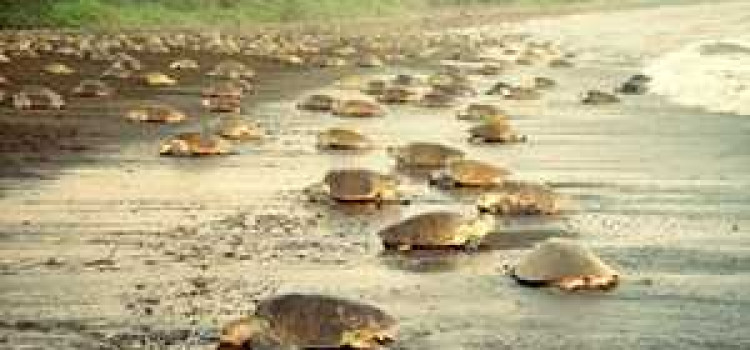
The Ostional Wildlife Refuge is world-famous for being the biggest nesting ground of mainly olive ridley turtles as well as leatherback and pacific green turtles. Located in between Punta India in the north and Punta Guiones and Nosara over in the south, this truly unique wildlife refuge is home to one of the greatest turtle […]
By Costa Rica Journeys on September 6, 2011
Biological Reserves, Bird Watching, Birds, Insects, Mammals, Reptiles & Amphibians, Wildlife Refuge
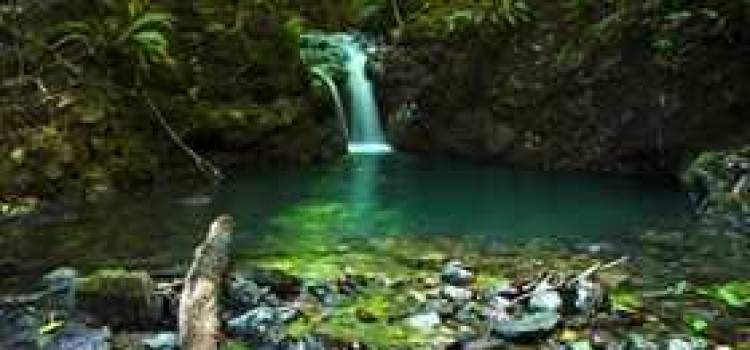
Known to have one of the tallest rainforests in the world, the Osa Peninsula is also popular for having the single largest expanse of lowland tropical rainforests in the whole of Central America. This popular flora and fauna sanctuary is located at the most southern tip of the Costa Rican Peninsula. The Osa Peninsula has […]
By Costa Rica Journeys on September 6, 2011
Biological Reserves, National Parks, Volcanos, Wildlife Refuge
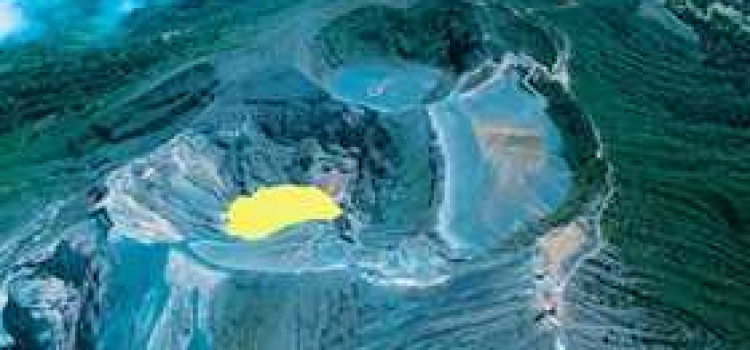
Known as Costa Rica’s tallest active volcano, Irazu Volcano stands at 11,260 feet. Compared to the Arenal Volcano–the country’s most active volcano, it’s been quite a silent giant since its last detected activity in the year 1996. With its fascinating temperature of 7.5 degrees Celsius and the rare times you get to see the Atlantic […]





